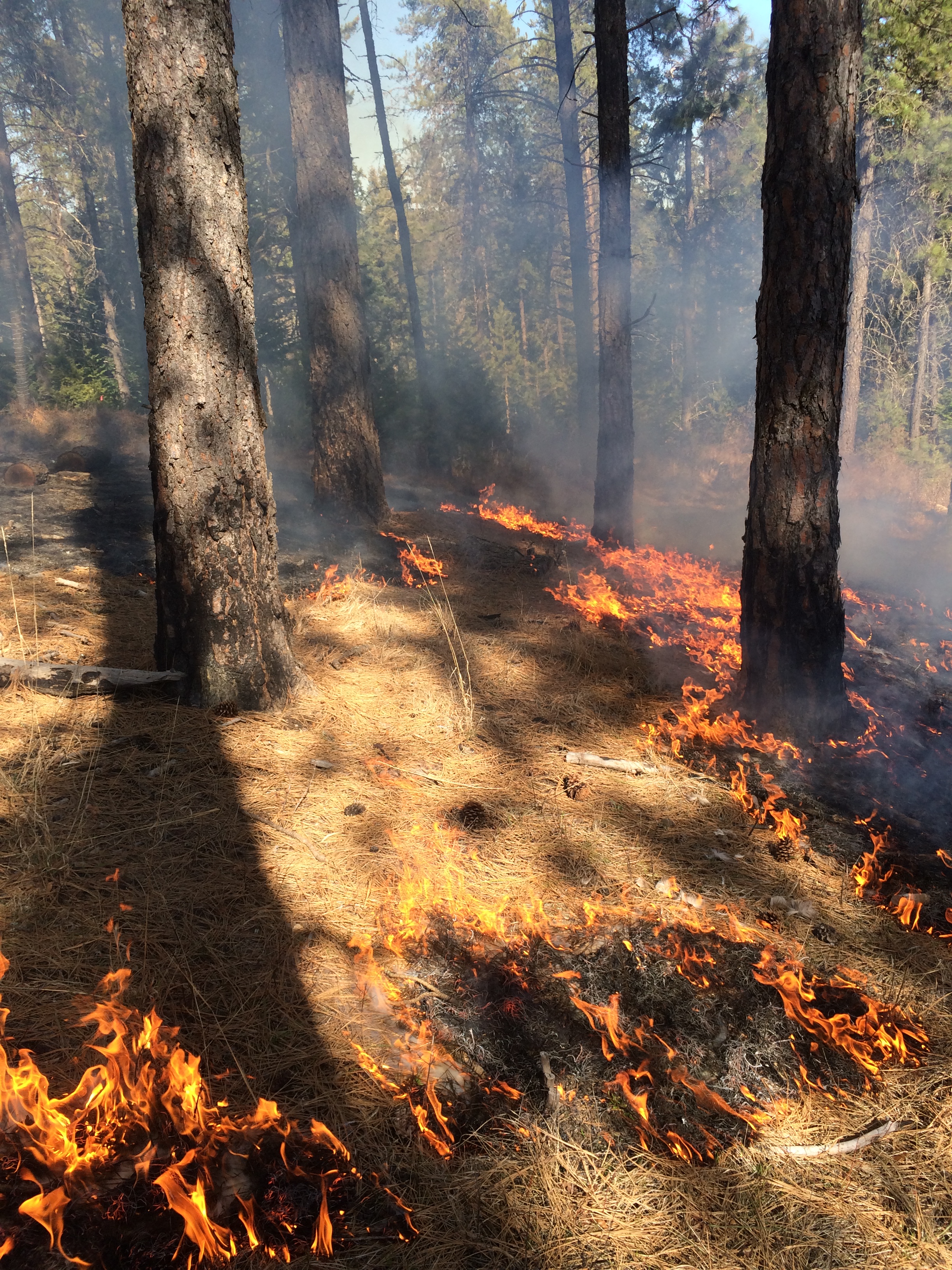Fire on the Mountain
The Use of fire on IEP timberlands
• Forest ecologists tell us that it is not a question “if” a wildfire visits your forest, but rather “when” will it visit, and “what” will it do when it gets there?
• Fire in the forest is regarded as a natural disturbance similar to flooding, windstorms, and landslides in that it can vary in severity, intensity, and frequency.
• Wildfire is influenced primarily by weather, topography, and amount of fuels (dead vegetation). The only one of these factors that we have any control over is fuels.
• Severe uncontrolled wildfires indiscriminately consume forests, homes, and lives. Also, they can burn so intensely the soil is “cooked” and becomes water repellent, resulting in extreme erosion during the next rainstorm.

Aftermath of a wildfire

Example of a Controlled Burn
• In contrast, prescribed burns reduce fuel loading and competing vegetation and recycle nutrients back into the soil to be used by the next crop. Controlled burns are executed by professionals during specific weather patterns to minimize the smoke impacts to surrounding communities.
• IEP Foresters use controlled burning to reap the positive benefits of fire and to minimize the negative impacts and risks of wildfires to our forests and communities.